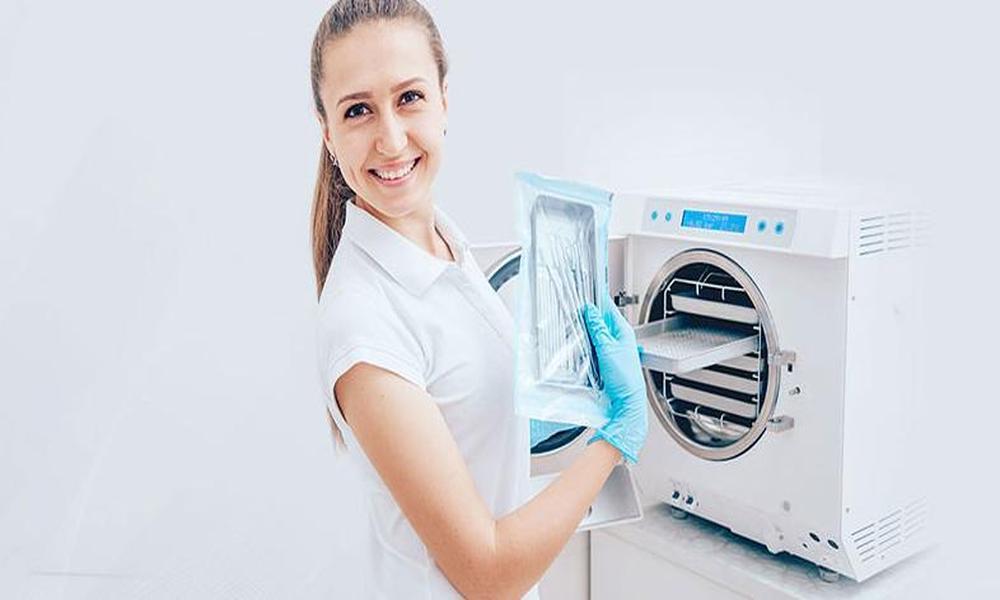
Choosing the Best Autoclave Machine in Australia
Sterilization is a non-negotiable aspect of many industries, with healthcare and scientific research being two sectors where it’s particularly significant. One of the most reliable and efficient sterilisation tools is an autoclave, a device that uses steam under pressure to kill harmful bacteria, viruses, fungi, and spores. Given the crucial role of autoclaves, it’s essential to make an informed decision when purchasing one. This guide delves into the seven key factors you should consider to ensure you choose the best autoclave machine in Australia for your specific needs.
Size and Capacity
When it comes to autoclaves, size does matter. The capacity of your chosen sterilizer should align with the volume and physical dimensions of the items you’ll be sterilizing. Overloading an autoclave can lead to ineffective sterilization while underutilizing its space can result in unnecessary energy consumption and operational costs.
Consider your average daily load and the largest items you’ll need to sterilize. A large autoclave may seem like a smart choice, but if you’re only sterilizing small loads, a compact model could be more cost-effective. Conversely, if you’re regularly sterilizing large items or high volumes, a larger unit might be more suitable.
Sterilization Cycle Speed
The efficiency of your operations is directly tied to the speed at which your sterilizer completes a cycle. A faster cycle time can boost productivity and operational efficiency. However, it’s crucial to ensure that the increased speed doesn’t compromise the quality of sterilization. Look for an autoclave with a fast heat-up time and a quick cooling-down process.
Temperature and Pressure Range
Different materials require different sterilization conditions, making the temperature and pressure range of your autoclave a critical consideration. Ensure the machine you select can reach the necessary temperature and pressure levels to effectively sterilize your specific items.
Most autoclaves operate at temperatures between 121°C and 134°C and can achieve pressures of about 15 to 30 psi. However, some materials may require lower or higher temperatures. Always check the manufacturer’s guidelines for your items to ensure they can withstand the autoclave’s conditions.
Ease of Use:
A complicated sterilizer can lead to user errors and compromised safety. Therefore, opt for a device with intuitive controls and clear instructions. The user interface should be simple to navigate, and the device should provide clear indications when a cycle is complete.
Additionally, consider the loading and unloading process. An autoclave with a front-loading design can often be easier to use than a top-loading model, especially for heavy or awkwardly shaped items.
Maintenance and Durability:
An autoclave is a major investment, so it’s essential to choose a model that’s built to last. Consider the longevity and maintenance requirements of the sterilization unit. A durable autoclave with low maintenance needs might be more expensive initially, but it can save costs in the long run.
Look for a model with robust construction and high-quality components. Stainless steel is a popular choice for autoclaves due to its durability and resistance to corrosion.
Safety Features:
Safety should always be a priority when working with autoclaves. Look for features like pressure release valves, lockout mechanisms, and temperature alarms to help prevent accidents.
A pressure release valve can prevent the build-up of excessive pressure, reducing the risk of explosions. Lockout mechanisms can prevent the door from being opened during a cycle, protecting users from hot steam.
Energy Efficiency:
With rising energy costs and growing environmental concerns, energy efficiency is becoming increasingly important. An energy-efficient sterilizer not only saves money but also contributes to sustainability.
Look for models with energy-saving features like insulation and automatic shut-off. Also, consider the autoclave’s water usage, as excessive water consumption can contribute to high operational costs and environmental impact.
Conclusion:
Choosing the right autoclave machine in Australia requires careful consideration of several factors. Whether you’re running a dental clinic, a research lab, or a tattoo parlour, understanding these factors will help you select the most appropriate sterilizer for your needs.






